Resources
Resources
Report by Pramila Patten,
Special Representative of the Secretary-General on Sexual Violence in Conflict (SRSG-SVC).
First report on the sexual violence of Oct. 7th
by a formal UN entity.
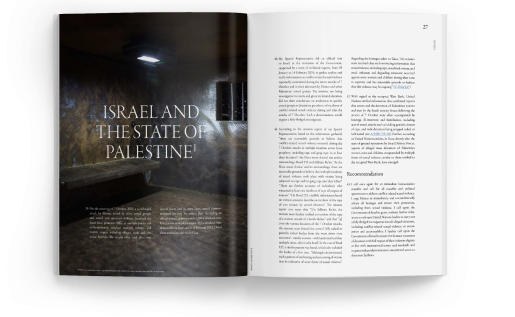
Written by Pramilla Patten, Under-Secretary-General of the UN, Special Representative on Sexual Violence in Conflict
Published on March 4, 2024 and adopted in April by the UN Secretary General
Based on a fact-finding mission, conducted January 9 – February 14, 2024, by Ms. Patten and a team of nine experts
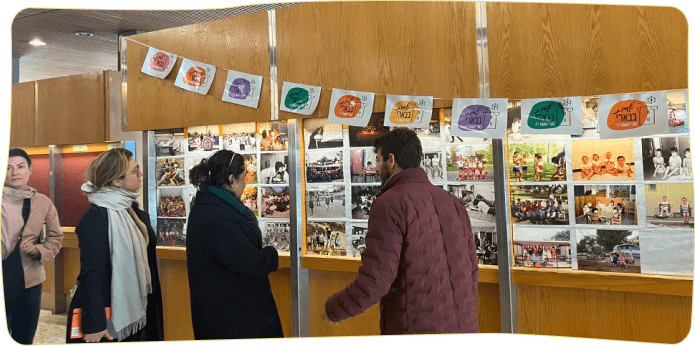
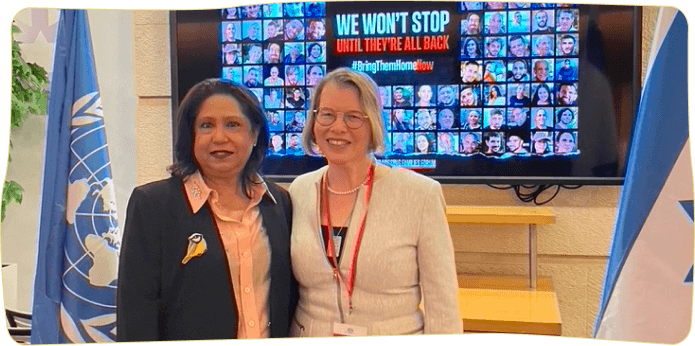
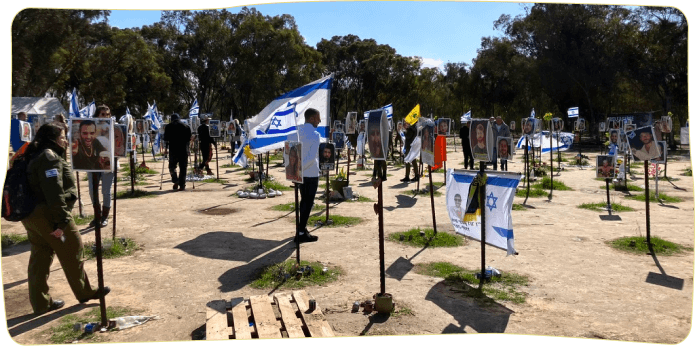
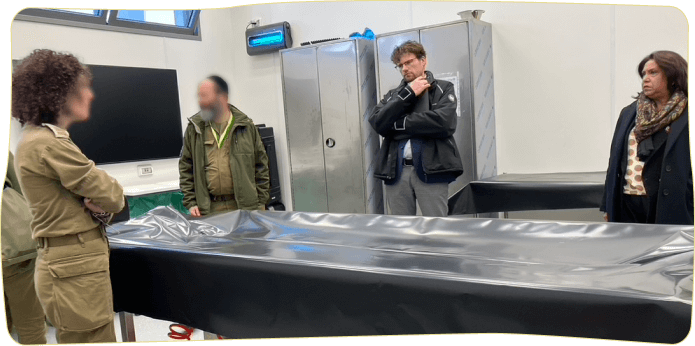
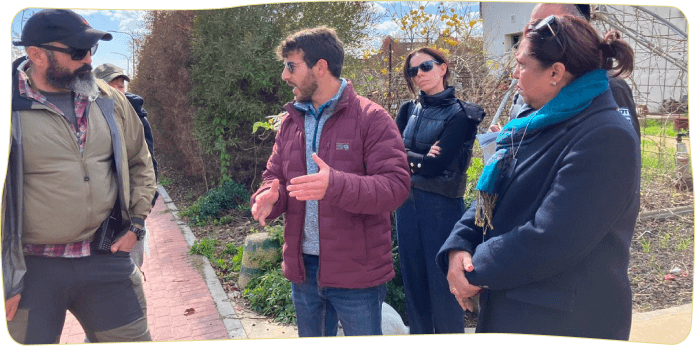
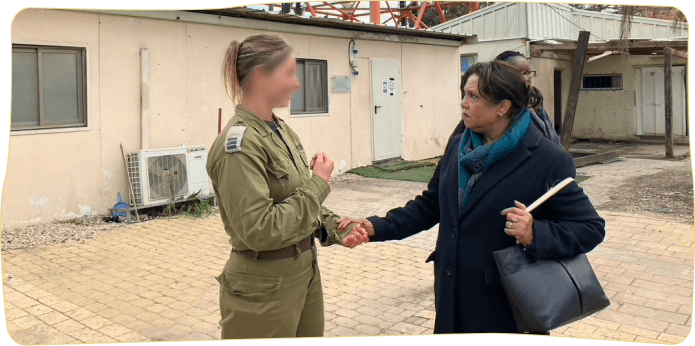
Highlights of the report
The mission team reviewed over 5,000 photos and approximately 50 hours of footage of the attacks, provided by various state agencies, independent private sources and through an independent online review of various open sources, in order to identify potential instances and indications of CRSV. In addition, the mission team conducted interviews according to UN standards and methodology, with a total of 34 interviewees, including with survivors and witnesses of the 7 October attacks, released hostages, 3 first responders, health and service providers and others. The mission team also met with families and relatives of hostages still held in captivity as well as with members of the community displaced from kibbutz Nir Oz. The team also met with a range of representatives from relevant Israeli civil society organizations and academia.
The complexity and modus operandi of the attacks, which seem to have occurred over three cumulative waves, appear to demonstrate a significant level of planning, coordination and detailed prior knowledge of the targets selected.
Other violations included sexual violence, abduction of hostages and corpses, the public display of captives, both dead and alive, the mutilation of corpses, including decapitation, and the looting and destruction of civilian property. A total of 253 individuals, including some deceased, were taken as hostages.
The national authorities faced numerous challenges in the collection of evidence and pursuit of their investigations of the crimes committed during the 7 October attacks, including difficulties in coordination and information-sharing between governmental agencies. The crimes of sexual violence posed very specific demands, including limited survivor and witness testimony, limited forensic evidence due to the large number of casualties and dispersed crime scenes in the context of ongoing hostilities; the loss of potentially valuable evidence due to the interventions of some inadequately trained volunteer first responders; the prioritization of rescue operations and the recovery, identification, and burial of the deceased which accords priority to religious practices over the collection of forensic evidence.
The mission team also faced specific challenges in gathering and verifying information on the occurrence of conflict-related sexual violence. The main challenge was the limited number of and access to survivors/victims of sexual violence, and to survivors and witnesses of the 7 October attacks. While the mission team was able to meet with some released hostages as well as with some survivors and witnesses of the attacks, it did not meet with any survivor/victim of sexual violence from 7 October despite concerted efforts encouraging them to come forward. The mission team was made aware of a small number of survivors who are undergoing specialized treatment and still experiencing an overwhelming level of trauma.
The mission team also faced specific challenges in gathering and verifying information on the occurrence of conflict-related sexual violence. The main challenge was the limited number of and access to survivors/victims of sexual violence, and to survivors and witnesses of the 7 October attacks. While the mission team was able to meet with some released hostages as well as with some survivors and witnesses of the attacks, it did not meet with any survivor/victim of sexual violence from 7 October despite concerted efforts encouraging them to come forward. The mission team was made aware of a small number of survivors who are undergoing specialized treatment and still experiencing an overwhelming level of trauma.
Based on the information gathered by the mission team from multiple and independent sources, there are reasonable grounds to believe that conflict-related sexual violence occurred during the 7 October attacks in multiple locations across Gaza periphery, including rape and gang rape, in at least three locations. Across the various locations of the 7 October attacks, the mission team found that several fully naked or partially naked bodies from the waist down were recovered – mostly women – with hands tied and shot multiple times, often in the head. Although circumstantial, such a pattern of undressing and restraining of victims may be indicative of some forms of sexual violence.
At the Nova music festival and its surroundings, there are reasonable grounds to believe that multiple incidents of sexual violence took place with victims being subjected to rape and/or gang rape and then killed or killed while being raped.
Credible sources described finding murdered individuals, mostly women, whose bodies were naked from their waist down – and some totally naked – tied with their hands behind their backs, many of whom were shot in the head. On Road 232, credible information based on witness accounts describe an incident of the rape of two women by armed elements. Other reported instances of rape could not be verified in the time allotted. The mission team also found a pattern of bound naked or partially naked bodies from the waist down, in some cases tied to structures including trees and poles, along Road 232. In kibbutz Re’im, the mission team further verified an incident of the rape of a woman outside of a bomb shelter and heard of other allegations of rape that could not yet be verified.
With respect to hostages, the mission team found clear and convincing information that some have been subjected to various forms of conflict-related sexual violence including rape and sexualized torture and sexualized cruel, inhuman and degrading treatment and it also has reasonable grounds to believe that such violence may be ongoing.
The mission was neither intended to, and nor could the mission team, in such a short period of time, establish the prevalence of conflict-related sexual violence during and after the 7 October attacks. The overall magnitude, scope, and specific attribution of these violations would require a comprehensive investigation by competent bodies.
The report concluded that there were:
“reasonable grounds to believe that conflict-related sexual violence occurred during the seventh October attacks in multiple locations across Gaza periphery, including rape, and gang rape in at least three locations”, and that “there is clear and convincing evidence that hostages in Gaza were subjected to sexual assaults that were probably still on-going”.
For background information and analysis,
see article by Prof. Ruth Halperin Kaddari (here)
Screams Before Silence
A documentary film about the sexual violence perpetrated by Hamas on Ocober 7, 2023, led by Sheryl Sandberg (Kastina Communications)
Additional Resources
UN Secretary General report on CRSV
- The UN, April 4, 2024
This the Secretary General’s 2023 annual report on sexual violence in conflict, in which he adopts the findings of the report presented by SRSG Patten, above.
Independent International Commission of Inquiry on the Occupied Palestinian Territory, Including East Jerusalem, and Israel
- June 19, 2024
Covering the period between October 7th and December 31, 2023, and presented to the Human Rights Council on June 19, 2024, this report presents significant findings regarding sexual violence committed on October 7th in six different locations. The report clearly attributes the SV to Hamas, and concludes that these were not isolated instances and followed similar patterns.
“How Hamas Weaponized Sexual Violence on Oct. 7“
- New York Times, December 28, 2023
This large-scale, in-depth investigation by The New York Times provided the first description of the sexual violence committed by Hamas as a tool of war on October 7. This investigation played an important role in breaking through the worldwide wall of denial and silence regarding these events. Counter-reactions to and critique of the report, its sources, and its writing process have emerged yet The New York Times has stood behind its endeavor.
(See also, The October Rape Denialists by Michael Cohen, BELOW)
"The October 7 Rape Denialists"
- Michael Cohen, The Atlantic, April 2024
In this incisive report, investigative journalist Michael Cohen refutes the critiques against the New York Times article (SEE ABOVE) and analyzes the reasons for denial of acts of sexual violence in general, and in the case of October 7 in particular.
New-York Times, “Israeli Hostage Says She Was Sexually Assaulted and Tortured in Gaza”
- The New York Times, March 26, 2024
The article depicts the first testimony, publicly made by a survivor and a returned hostage, regarding conflict related sexual violence, commited by Hamas. Amit Soussana is the first survivor to publicly say she was sexually abused in captivity.
"First Hamas fighters raped her. Then they shot her in the head”
- Christina Lamb, The Sunday Times, December 12, 2023
Award winning investigative-journalist Christina Lamb, author of Our Bodies, Their Battlefield: What War Does to Women (London: William Collins, 2020), who has covered numerous war zones where CRSV took place, published the first investigative account that brought eyewitness testimonies of Hamas’ gender atrocities and sexual violence to be published in the leading international press.
Association of Rape Crisis Centers in Israel (ARCCI) Report regarding Hamas sexual violence
- Association of Rape Crisis Centers in Israel (ARCCI), February 2024
Published in February 2024, the report mostly relied on information previously published in the media, including on social media, in addition to confidential information received by ARCCI. Significantly, it grouped that information according to the types of the crimes committed, thus demonstrating that the sexual assaults were not isolated incidents, but a clear operational strategy involving systematic, targeted sexual abuse.
PHR Israel’s Position Paper on Sexual and Gender Based Violence by Hamas on October 7
- Physicians for Human Rights Israel (PRHI), November 2023
Published in November 2023, this was the first publication by a human rights organization gathering and presenting all existing information at that time, calling for further investigation to examine whether the scope and manifestations of the SGBV committed during Hamas’ attack on October 7 amounted to crimes against humanity under international humanitarian law. A few months later, PHRI posted a clarification on their website, addressing the issue of some testimonies referenced in the position paper that have later been disputed or deemed unverifiable, emphasizing the “fragmented nature of traumatic memories, they are often expressed in incomplete, confused, or contradictory ways”. They did not retract from their position paper, and stated that in continuing their work they rely on SRSG Patten’s report.
Atrocity Denial after October 7
- John Ware, Fathom, July 2024
John Ware, a British award-winning journalist, author, and investigative reporter, wrote the most comprehensive report to date on how the alt-media has helped fuel ‘Atrocity Denialism’ and the journalistic scruples – or the lack of them – that these outlets have deployed in making their case.
Statement of Prof. Ruth Halperin-Kaddari, Dr. Sarai Aharoni and Orit Sulitzeanu Regarding Misrepresentation in The Times and The Sunday Times
- The Times and The Sunday Times, June 7, 2024
Prof. Ruth Halperin Kaddari, Dr. Sarai Aharoni, and Orit Sultzeanu respond to the misrepresentations and inaccuracies presented in an earlier article an those publications.
Why Won’t More Feminists Speak Up For Israeli Victims of Sexual Violence?
- Foreign Policy, May 2024
Award-winning journalist Eetta Prince-Gibson reviews the responses of feminist and human rights organizations to the events of October 7 and analyzes the reasons behind their lack of or delayed responses to the Israeli victims of SGBV and denial of the atrocities.